What is Tree Surgery & What do our Tree Surgeons do
- September 13, 2024
- 0 comment
Tree surgery is a specialized field that involves the care, maintenance, and removal of trees to ensure their health and safety in both residential and commercial environments. As trees play a critical role in our ecosystem, providing oxygen, improving air quality, and enhancing the beauty of landscapes, proper care is essential.
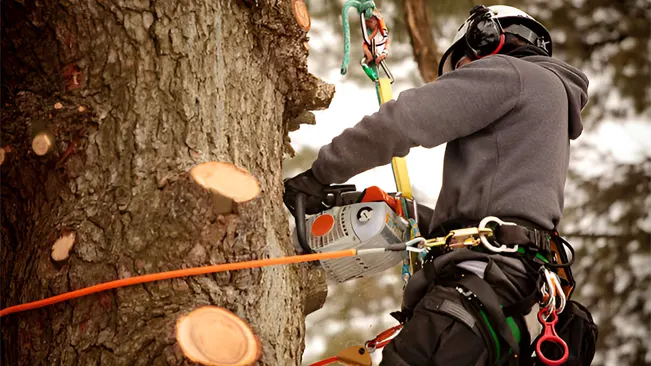
Tree surgery is not just about cutting down trees it encompasses a wide range of services designed to maintain the integrity and longevity of trees.
What is Tree Surgery?
Tree surgery refers to the process of diagnosing and treating various issues that affect the health and safety of trees. It involves everything from trimming and pruning to complex removal operations. Tree surgery aims to ensure that trees are healthy, aesthetically pleasing, and not posing any risks to nearby structures, pedestrians, or vehicles. A tree surgeon (also known as an arborist) is trained to handle various challenges associated with tree care, using specialized equipment and techniques to perform their duties safely and efficiently.
Why is Tree Surgery Important?
Healthy trees contribute to the well-being of our environment and provide essential ecological benefits such as improving air quality, reducing soil erosion, and offering shade and shelter to wildlife. However, trees that are diseased, damaged, or overgrown can become hazardous. Dead or weak branches may fall, potentially causing damage to property or injuring people. In some cases, trees may develop internal rot, become infected with pests, or grow too large, which could impact power lines or nearby structures.
Tree surgery addresses these concerns by ensuring that trees remain healthy and safe. Through proper care, tree surgeons can prevent trees from becoming liabilities and extend their lifespan.
Key Tree Surgery Services
Tree surgery encompasses several services that address different aspects of tree health, maintenance, and safety. Below are some of the primary services offered by tree surgeons:
1. Tree Pruning and Trimming
Pruning is one of the most common tree surgery services. It involves the selective removal of branches to improve the tree’s structure, health, and appearance. Pruning can also prevent potential safety hazards by removing weak or dead branches. Trimming, on the other hand, focuses on shaping the tree and controlling its growth.

Tree surgeons prune trees for various reasons, including:
- Removing diseased or dead branches to prevent the spread of decay
- Improving air circulation and light penetration
- Encouraging healthier growth
- Maintaining the tree’s structural integrity
- Enhancing the tree’s aesthetic appearance
2. Tree Felling
Tree felling is the process of cutting down a tree, usually because it poses a danger or is no longer healthy. This task requires expertise to ensure the tree falls in a controlled manner, minimizing the risk to people and property.

Tree surgeons must assess the tree’s condition and the surrounding environment before proceeding with felling, especially in confined spaces or areas with significant foot traffic.
3. Crown Reduction and Crown Thinning
The crown of a tree consists of its uppermost branches and leaves. Crown reduction is the process of reducing the overall size of the crown by cutting back branches, often to reduce the tree’s height or spread. Crown thinning, on the other hand, involves selectively removing some branches to allow more light to pass through and reduce wind resistance.

Crown reduction and thinning are typically performed to:
- Improve the appearance of the tree
- Ensure the tree does not become top-heavy
- Prevent damage during high winds
- Maintain the tree’s health by encouraging proper air and light circulation
4. Stump Grinding and Removal
After a tree is felled, the remaining stump can be unsightly and hazardous. Stump grinding is a process where the stump is ground down into small wood chips using specialized machinery. This allows the area to be leveled and used for other purposes, such as planting new trees or installing a lawn.
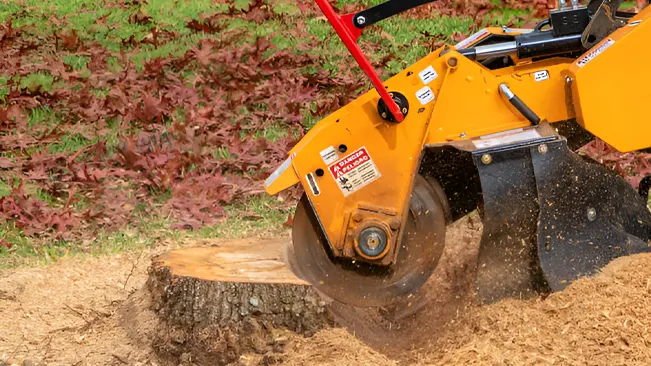
Stump removal may also involve digging out the entire root system, which can be more labor-intensive but ensures that no regrowth occurs.
5. Emergency Tree Surgery
Severe weather, such as storms or high winds, can cause significant damage to trees, leaving them in dangerous conditions. Broken or fallen branches, leaning trees, or uprooted trees pose immediate hazards that need to be addressed. Emergency tree surgery services are designed to quickly and safely remove or secure trees that are at risk of falling or causing further damage.
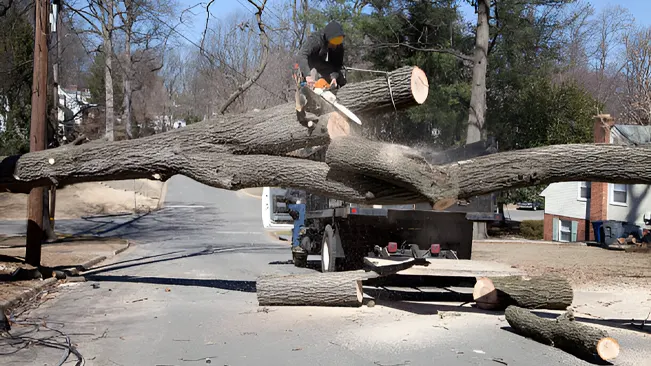
Tree surgeons responding to emergencies must assess the situation and take swift action to mitigate the risks while ensuring their safety and that of others.
6. Tree Health Inspections and Diagnosis
Tree surgeons are trained to identify the early signs of disease, pests, or structural issues in trees. Regular tree inspections help ensure that potential problems are addressed before they become severe.
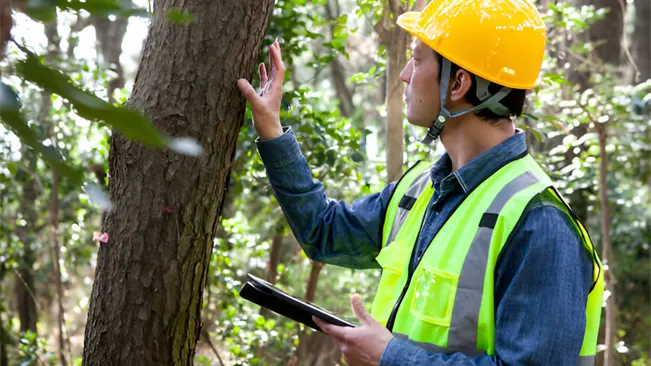
Through visual inspections and sometimes more in-depth assessments, tree surgeons can recommend treatments such as pest control, fertilization, or pruning to maintain the tree’s health.
7. Tree Bracing and Cabling
In cases where a tree has structural weaknesses but can still be saved, bracing and cabling are used to provide additional support.
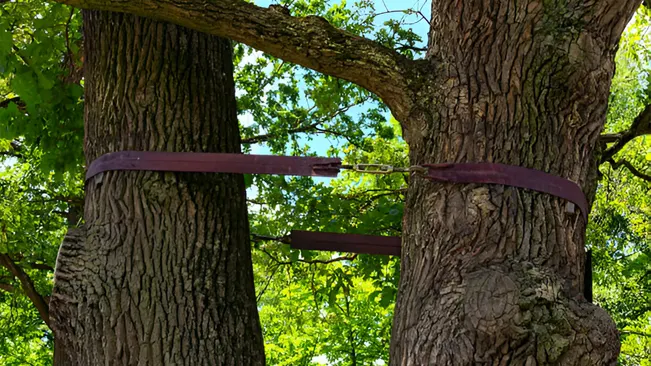
Bracing involves installing rods to strengthen weak branches or limbs, while cabling involves attaching cables between branches to redistribute weight and reduce stress on weaker areas. This allows the tree to continue growing while minimizing the risk of breakage.
What Do Our Tree Surgeons Do?
Our team of professional tree surgeons provides comprehensive tree care services tailored to meet the specific needs of each tree and property. With extensive training and years of experience, our tree surgeons are equipped to handle everything from routine maintenance to complex tree removal operations. Here’s an overview of what our tree surgeons do:
Conduct Thorough Assessments
Before performing any work, our tree surgeons conduct a thorough assessment of the tree and its surroundings. This includes evaluating the tree’s health, identifying any risks, and considering the impact of the tree on nearby structures, roads, or power lines. Based on this assessment, they provide expert advice on the best course of action.
Provide Customized Tree Care Solutions
Every tree is different, and our tree surgeons take a customized approach to tree care. Whether it’s pruning, trimming, or removal, they tailor their services to ensure the tree’s specific needs are met. They also take into account the property owner’s goals, whether it’s enhancing the tree’s beauty, ensuring safety, or managing growth.
Use the Latest Techniques and Equipment
Tree surgery requires specialized equipment to perform tasks efficiently and safely. Our tree surgeons use the latest tools and techniques to carry out their work, from chainsaws for cutting to cranes for lifting large branches. They also prioritize safety, using protective gear and following industry standards to minimize the risk of accidents.
Ensure the Safety of People and Property
Safety is paramount in tree surgery. Our tree surgeons follow strict protocols to protect themselves, property, and the public. When performing tree felling or removing large branches, they carefully plan the process to avoid damage to nearby buildings, vehicles, or people. In emergency situations, they act quickly to secure the area and remove any immediate dangers.
Expert Tree Removal
When tree removal is necessary, our tree surgeons handle the process from start to finish. They ensure the tree is safely felled, the stump is ground or removed, and the surrounding area is cleaned up. For trees in confined spaces or with challenging access, they use specialized techniques to remove the tree without causing damage.
Offer Tree Maintenance Plans
For property owners looking to keep their trees in top condition, our tree surgeons offer regular maintenance plans. These plans include scheduled pruning, health inspections, and treatments to prevent diseases or infestations. By maintaining a consistent care schedule, trees remain healthy and safe year-round.
Conclusion
Tree surgery is an essential service that ensures the health, safety, and beauty of trees in urban and rural landscapes. From pruning and trimming to emergency removals and health inspections, tree surgeons play a vital role in maintaining the well-being of our environment. Our tree surgeons are dedicated to providing top-tier care, using their skills, knowledge, and equipment to tackle even the most complex tree-related issues.
Frequently Asked Questions (FAQs)
- What is tree surgery?
Tree surgery involves the maintenance, care, and removal of trees to ensure their health, safety, and appearance. It includes services such as pruning, felling, stump removal, and tree health assessments. - Why do I need a tree surgeon?
A tree surgeon is trained to handle tree care and removal tasks safely and effectively. Hiring a professional ensures that the work is done properly, minimizing the risk of injury or damage to property. - How often should trees be pruned?
The frequency of pruning depends on the species of tree, its age, and its location. Most trees benefit from pruning every 2-3 years, though some may need more frequent care, especially if they’re near buildings or power lines. - What is the difference between tree felling and pruning?
Tree felling involves cutting down the entire tree, typically for safety reasons or when the tree is dead or diseased. Pruning, on the other hand, is the selective removal of branches to improve the tree’s health and appearance. - How much does tree surgery cost?
The cost varies depending on the size of the tree, the type of service required (pruning, removal, etc.), and the complexity of the job. It’s best to get a quote from a tree surgeon for an accurate price. - Is tree surgery safe?
Tree surgery can be dangerous if not done properly. Professional tree surgeons use specialized equipment and safety protocols to perform their work without putting people or property at risk. - What happens to the tree waste after surgery?
After tree surgery, the waste, including branches and stumps, is typically removed from the site by the tree surgeons. Some companies offer the option to turn the waste into mulch or wood chips. - Can tree surgery save a diseased tree?
In some cases, yes. If the disease is caught early, treatments such as pruning infected areas or applying specific pest control measures can help restore the tree’s health. - What should I do if a tree is damaged during a storm?
If a tree is damaged by a storm, contact a tree surgeon immediately. They will assess the tree’s condition and determine whether it can be saved or if it needs to be removed for safety reasons. - How can I tell if a tree needs surgery?
Signs that a tree may need surgery include dead branches, visible rot, leaning trunks, or rapid leaf loss. A professional tree surgeon can inspect the tree and recommend the appropriate care.

Jordan Blake
Forestry AuthorJordan Blake is a forestry expert with over 15 years of experience in arboriculture and community education. Passionate about sustainable forest management, Jordan regularly writes for Forestry.com and Tree Care Magazine. Holding certifications in tree health assessments and urban forestry management, Jordan conducts workshops to educate the public on sustainable practices. Jordan has a degree in Environmental Science and enjoys hiking and photography in their free time.



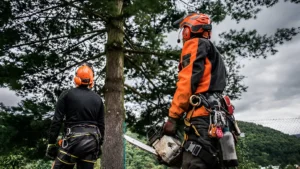
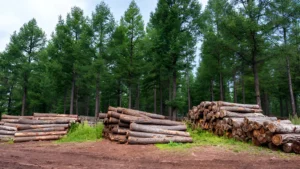
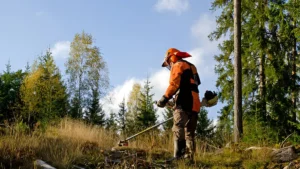
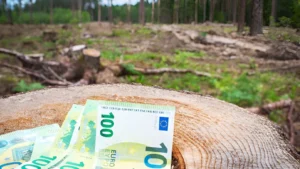



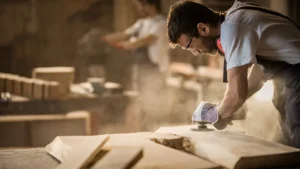
Leave your comment